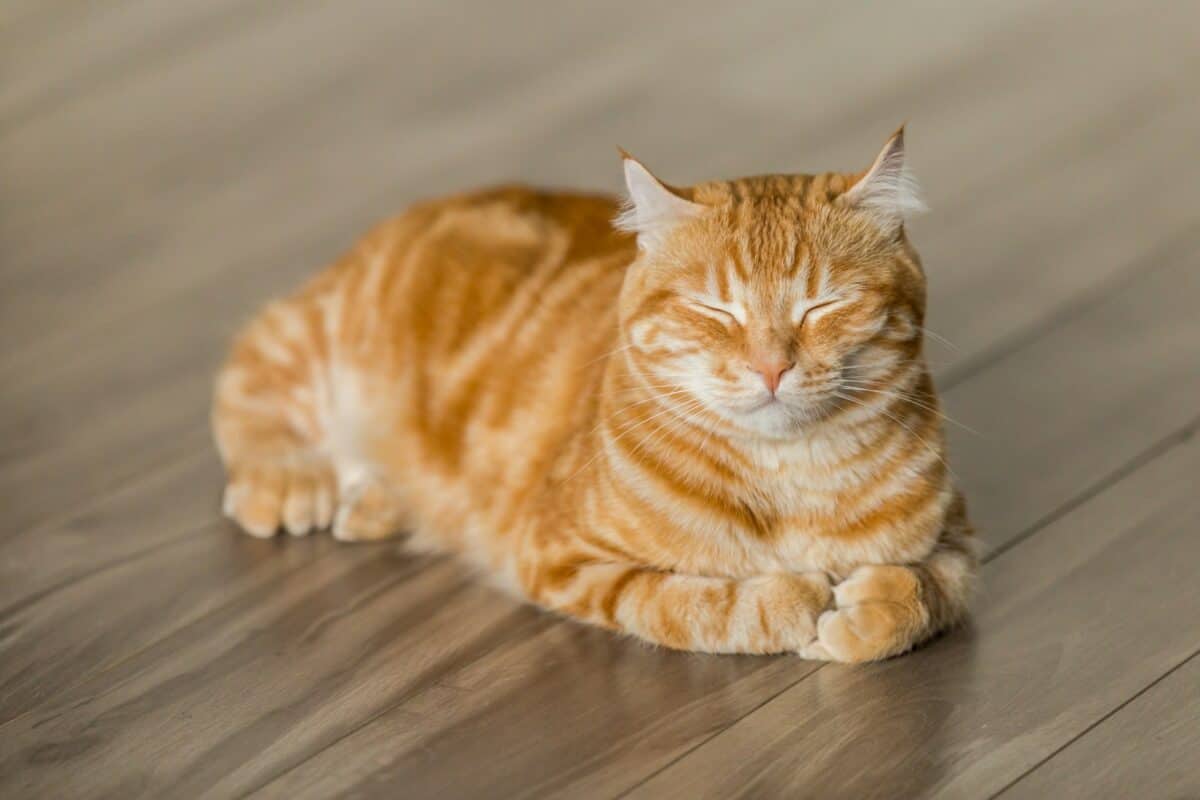Have you ever wondered what your cat is really thinking when they stare at you with those mysterious eyes? While cats can’t speak our language, they’re constantly communicating through a sophisticated system of body language that’s far more complex than most people realize. From the position of their ears to the way they hold their tail, every movement tells a story. Understanding this silent language isn’t just fascinating – it’s essential for building a deeper bond with our feline companions and recognizing when they might need our help.
The Evolutionary Origins of Cat Communication
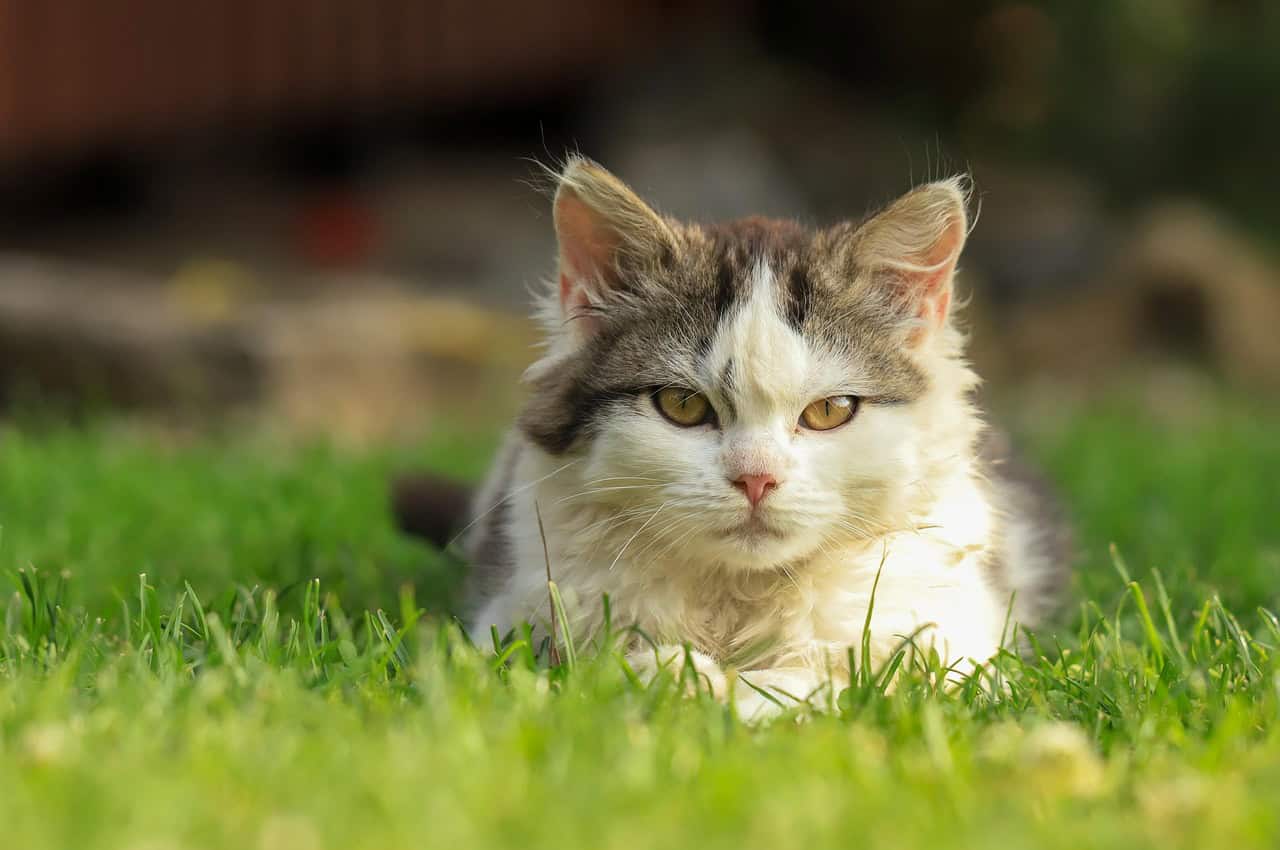
Wild cats developed their intricate body language system out of necessity for survival. Unlike dogs, who evolved as pack animals with complex social hierarchies, cats are primarily solitary hunters who needed subtle ways to communicate without alerting prey or rivals.
This evolutionary background explains why domestic cats retain such nuanced communication methods. Their ancestors had to convey messages about territory, mating readiness, and threat levels without making noise that could compromise their hunting success. Modern house cats have inherited this remarkable ability to “speak” through posture and movement.
Research from the University of California shows that cats actually developed many of their vocalizations specifically for communicating with humans, while their body language remains their primary method of cat-to-cat communication.
Decoding Ear Positions and Movements

A cat’s ears are like emotional barometers, constantly adjusting to reflect their internal state. Forward-facing ears indicate alertness and interest, while ears that swivel independently show a cat is monitoring multiple stimuli simultaneously.
When ears flatten against the head, it’s a clear warning signal that the cat feels threatened or defensive. This position protects the delicate ear structures during potential conflicts and serves as a visual warning to other cats.
Twitching or rotating ears often indicate indecision or conflicting emotions. Your cat might be curious about something but also slightly nervous, creating this telltale ear movement that experienced cat owners learn to recognize quickly.
The Expressive Power of Feline Eyes
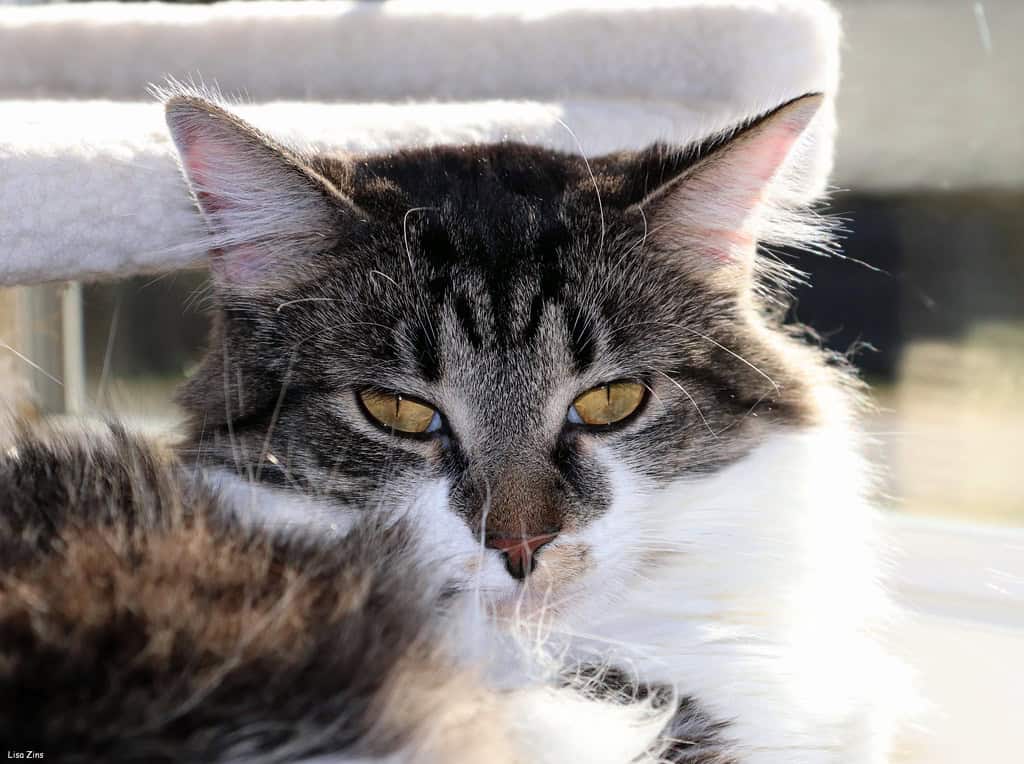
Cat eyes communicate volumes about their emotional state and intentions. The famous “slow blink” that cats give their trusted humans is actually a sign of deep affection and trust, often called a “cat kiss” by behaviorists.
Dilated pupils can indicate excitement, fear, or aggression, depending on the context and other body language signals. During play, dilated pupils often accompany the hunting instinct, while in threatening situations, they prepare the cat for fight-or-flight responses.
Direct staring between cats is considered a challenge or threat, which is why many cats look away when making eye contact with unfamiliar humans or other cats. Understanding this helps explain why some cats seem “rude” when they ignore our attempts at eye contact.
Whisker Positions as Mood Indicators
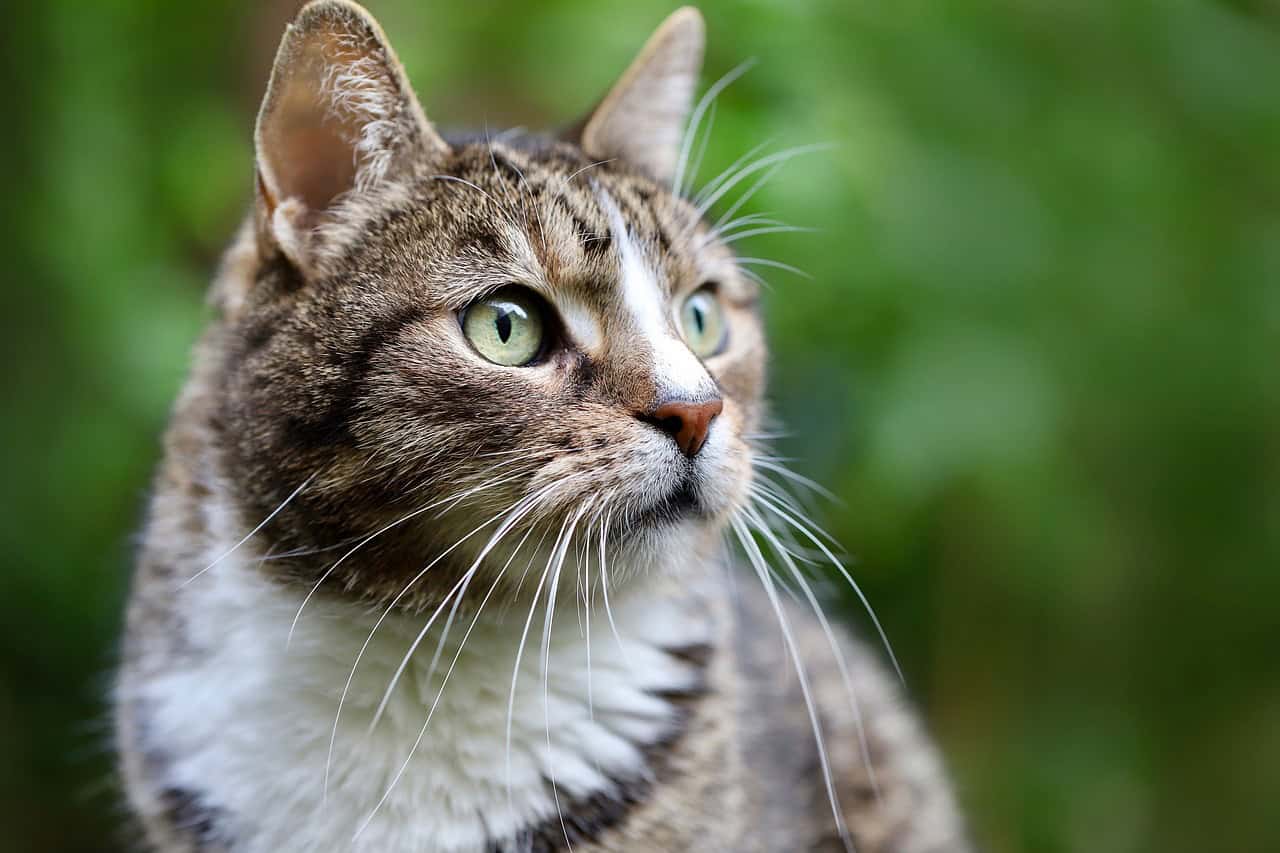
Whiskers aren’t just sensory tools – they’re sophisticated mood indicators that change position based on a cat’s emotional state. Forward-pointing whiskers signal curiosity, hunting mode, or excitement about something in their environment.
When whiskers pull back against the face, it typically indicates fear, defensiveness, or submission. This position protects the whiskers from potential damage while also making the cat appear smaller and less threatening.
Relaxed whiskers hanging naturally at the sides of the face indicate a content, calm cat. This neutral position is what you’ll see most often when your cat is simply relaxing or observing their surroundings without strong emotions.
Tail Talk: The Most Expressive Appendage
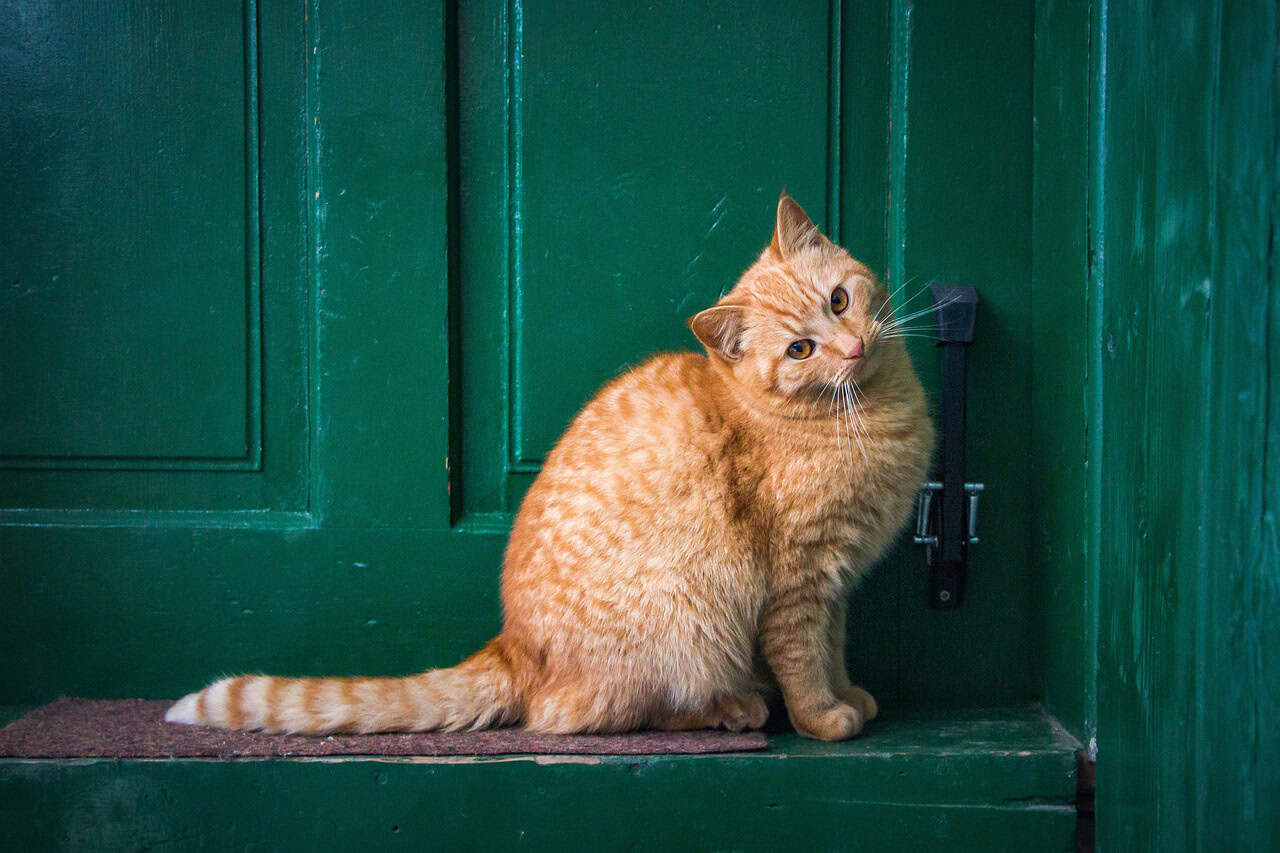
Perhaps no part of a cat’s body is more expressive than their tail, which functions like an emotional flag broadcasting their feelings to the world. An upright tail with a slight curve at the tip is the universal feline greeting, indicating happiness and confidence.
A puffed-up tail makes a cat appear larger and is reserved for situations where they feel genuinely threatened or startled. This dramatic transformation can happen in seconds and is often accompanied by an arched back and sideways posture.
Tail thrashing or aggressive swishing indicates irritation or overstimulation, serving as a warning that the cat needs space. Many cat bites could be prevented if people recognized this clear signal to back off and give the cat time to calm down.
The Language of Purring Beyond Contentment
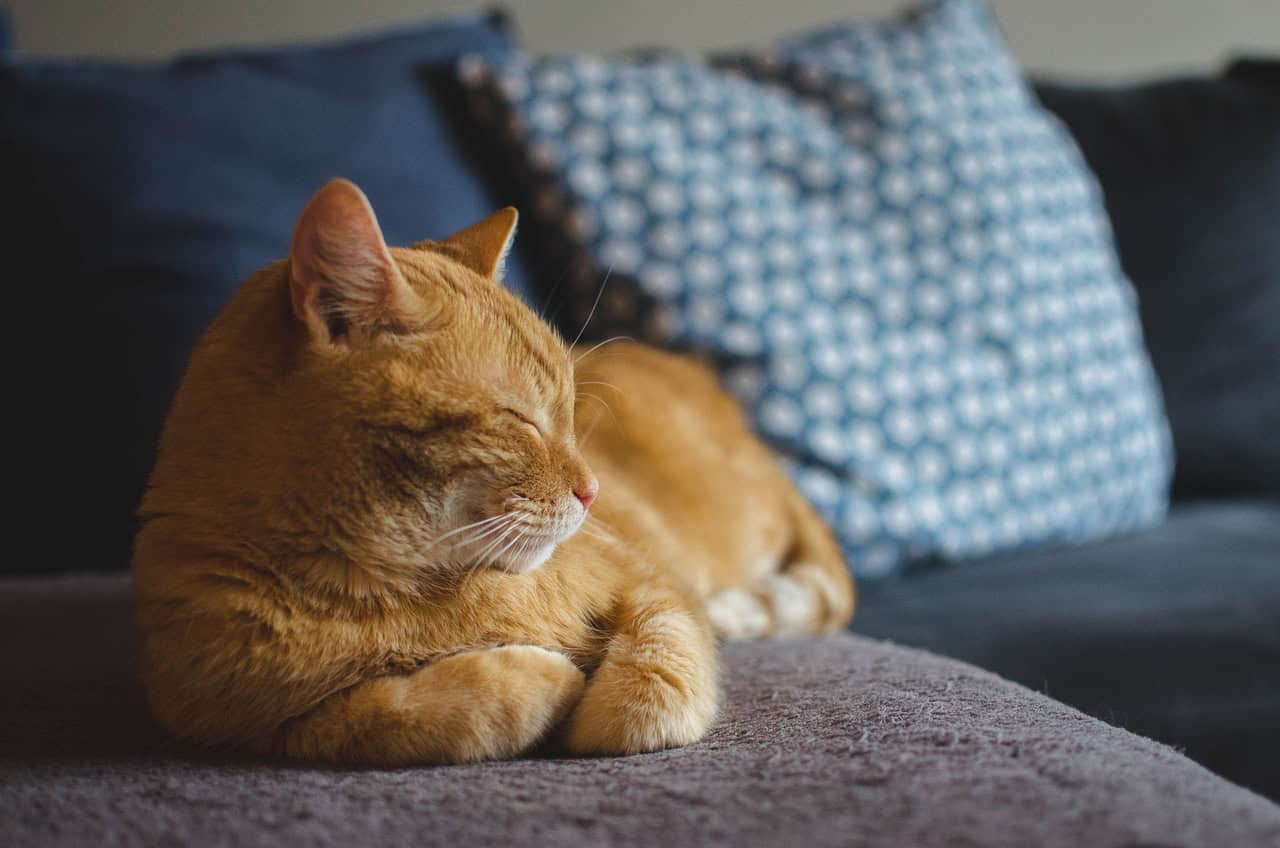
While most people associate purring with happiness, scientific research reveals that cats purr in various emotional states, including stress, pain, and anxiety. The frequency of purring (around 25-50 Hz) has been shown to promote bone healing and reduce pain in both cats and humans.
Mother cats purr to communicate with their newborn kittens, who are born deaf and blind but can feel the vibrations. This creates a bonding mechanism that continues throughout their lives as a comfort behavior.
Some cats purr when they’re nervous at the veterinarian’s office or in new environments, using this self-soothing behavior to manage stress. Learning to distinguish between different types of purring helps cat owners better understand their pet’s needs.
Scent Marking and Facial Rubbing Behaviors

When cats rub against furniture, walls, or human legs, they’re depositing pheromones from scent glands located on their faces, particularly around the cheeks and forehead. This behavior marks territory and creates a familiar scent environment that provides comfort and security.
Head butting or “bunting” is an affectionate behavior where cats share their scent with trusted individuals. This intimate gesture indicates acceptance and belonging within the cat’s social group.
Scratching serves multiple communication purposes beyond claw maintenance, leaving both visual marks and scent signals from glands in their paw pads. These scratching posts become important territorial markers that communicate a cat’s presence to other felines.
Defensive Postures and Warning Signals

The classic “Halloween cat” pose with an arched back, puffed fur, and sideways stance is designed to make the cat appear larger and more intimidating to potential threats. This defensive display often successfully deters conflicts without actual fighting.
Crouching low with ears flattened indicates a cat is preparing to defend itself but hopes to avoid confrontation. This submissive-defensive posture often precedes either fleeing or aggressive behavior if the threat continues.
Hissing and spitting are clear auditory warnings that accompany defensive body language, giving other cats or potential threats a chance to back away before escalation occurs.
Playful Body Language vs Aggressive Behavior
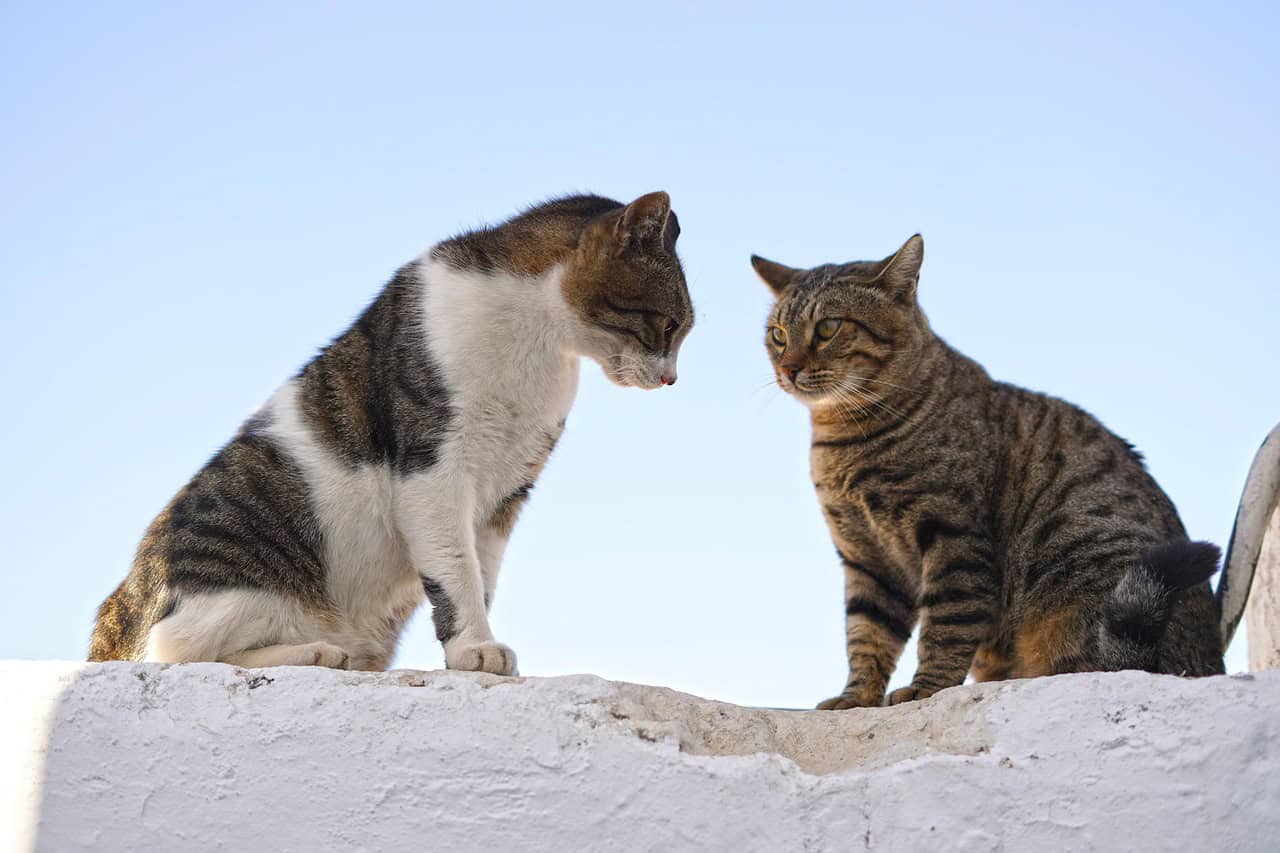
Distinguishing between play and aggression is crucial for cat safety, as the body language can appear similar to untrained observers. Playful cats often pause mid-action, take breaks, and display relaxed facial expressions even during energetic play sessions.
Aggressive cats maintain tense body postures throughout interactions, with flattened ears, dilated pupils, and continuous vocalizations. Their movements are more deliberate and focused compared to the bouncy, unpredictable nature of play behavior.
The “play bow” position, where cats lower their front end while keeping their rear elevated, is a clear invitation to engage in friendly interaction. This posture is borrowed from their wild hunting instincts but adapted for social play.
Sleeping Positions and Trust Levels

How a cat sleeps reveals their comfort level and trust in their environment. Cats who sleep on their backs with bellies exposed demonstrate complete trust, as this position leaves them vulnerable to attack.
The classic “loaf” position with paws tucked under the body indicates a cat is resting but ready to move quickly if needed. This position allows for rapid response while still providing some relaxation.
Cats who consistently sleep in hidden or elevated locations may be experiencing stress or insecurity in their environment. Providing safe, comfortable sleeping options can help anxious cats feel more secure.
Hunting Instincts in Domestic Settings

Even well-fed house cats display hunting behaviors that can be misinterpreted as aggression or play. The characteristic crouch with wiggling hindquarters indicates a cat is preparing to pounce, whether on a toy mouse or an unsuspecting human foot.
Chattering or chittering while watching birds through windows demonstrates frustrated hunting instincts. This behavior mimics the killing bite cats use on prey and shows their predatory drive remains strong despite domestication.
The “gift” of dead prey animals is a complex behavior that combines hunting success with social bonding, as cats treat their human families as part of their social group deserving to share in the hunt’s success.
Social Hierarchy and Territory Communication

In multi-cat households, body language becomes crucial for establishing and maintaining social hierarchies without constant physical confrontations. Confident cats claim high perches and central locations, while more submissive cats often stick to periphery areas.
Mutual grooming between cats indicates acceptance and friendship within the social group. This behavior typically flows from the more dominant cat to the more submissive one, reinforcing social bonds while maintaining hierarchy.
Resource guarding behaviors, such as blocking access to food or favorite spots, communicate ownership claims through body positioning rather than aggression. Understanding these subtle signals helps prevent conflicts in multi-pet homes.
Stress Signals and Anxiety Indicators
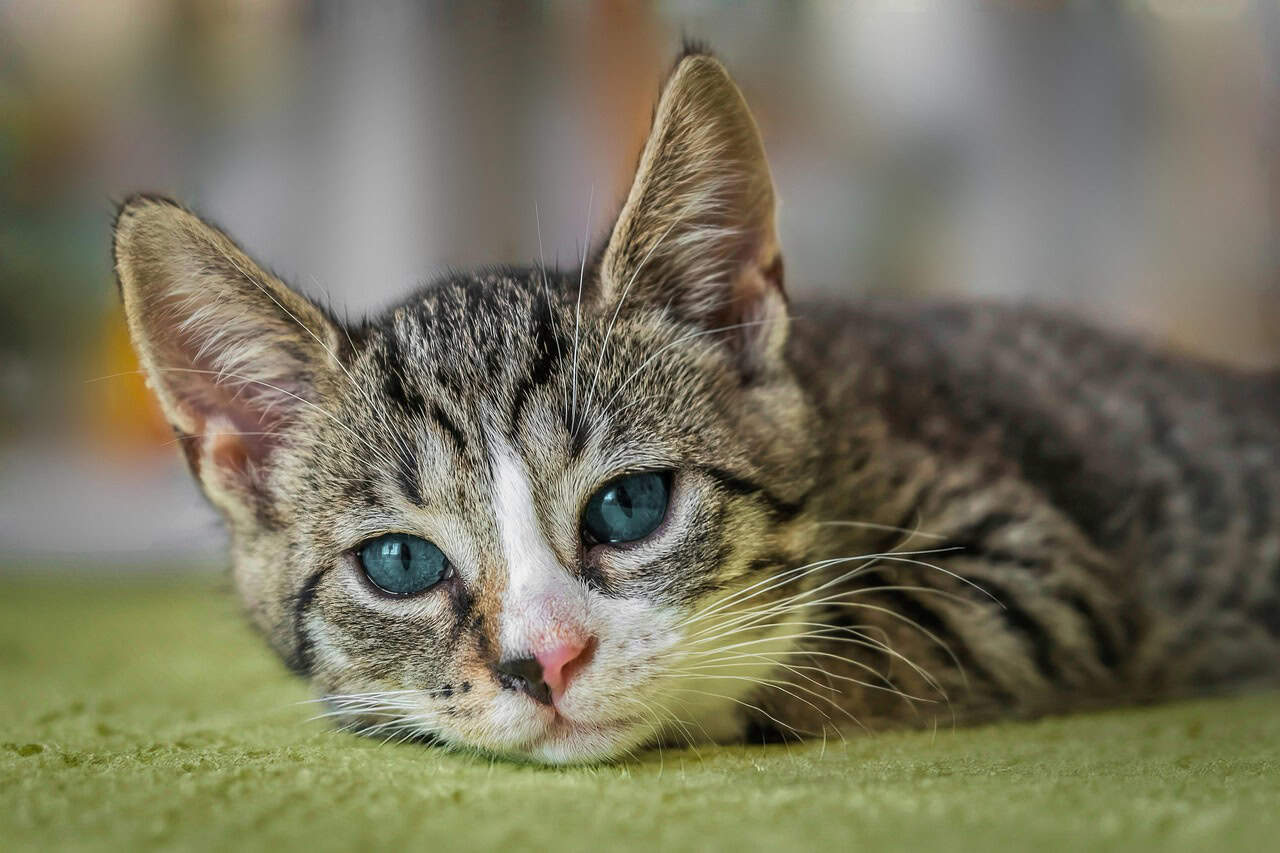
Chronic stress in cats manifests through specific body language patterns that owners should recognize for their pet’s wellbeing. Excessive grooming leading to bald patches often indicates anxiety or environmental stressors that need addressing.
Pacing, restlessness, and inability to settle in one position frequently signal underlying stress or discomfort. These behaviors may indicate medical issues or environmental changes that are causing anxiety.
Hiding behavior that extends beyond normal cat preferences for cozy spaces can indicate illness, stress, or depression. Cats instinctively conceal vulnerability, making these signals particularly important to recognize.
Maternal and Kitten Communication Patterns
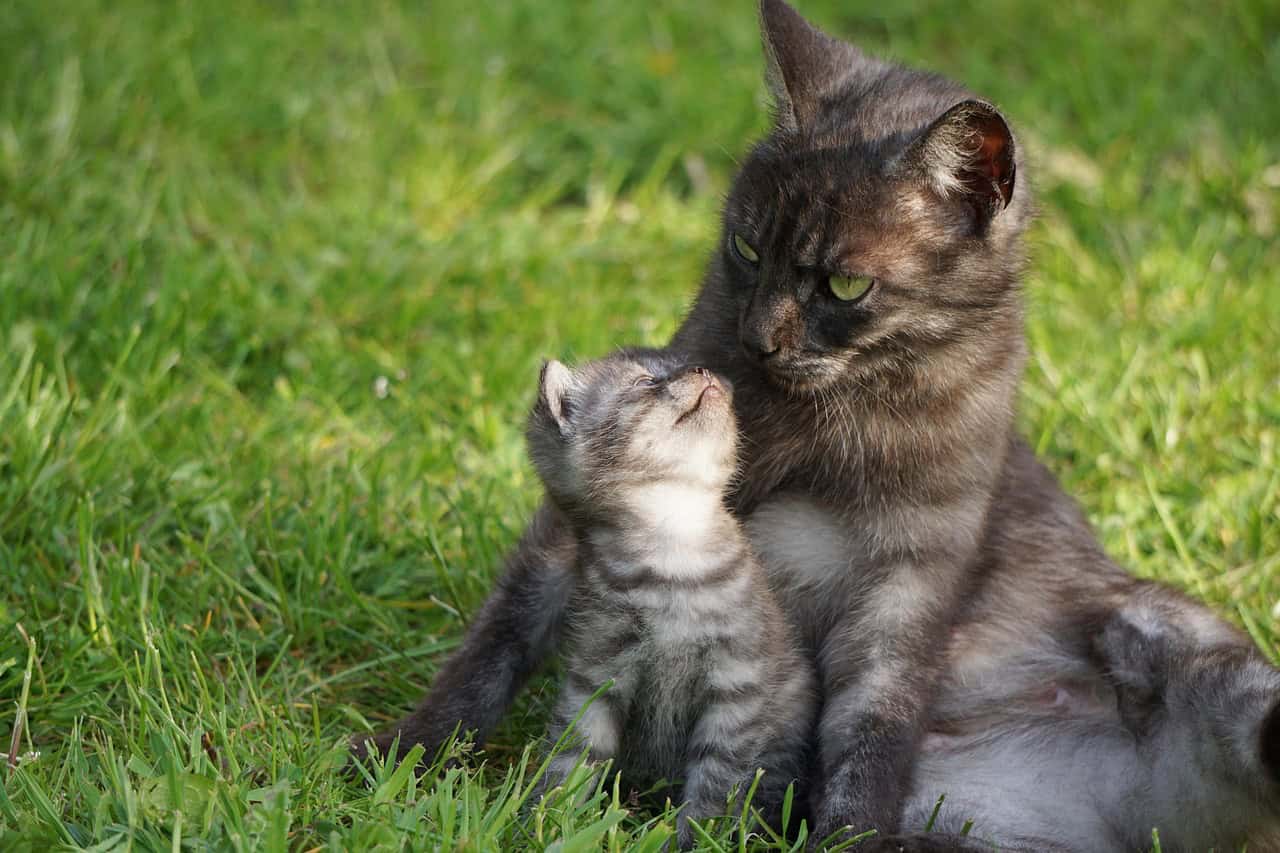
Mother cats use specific body language to communicate with their kittens, including the characteristic carrying position where kittens go limp when picked up by the scruff. This reflex continues into adulthood and explains why some cats become docile when gently scruffed.
Kittens develop their communication skills by mimicking maternal behaviors and practicing with littermates. Play fighting, pouncing, and grooming behaviors all serve as learning opportunities for proper feline communication.
The transition from kitten to adult communication involves losing some juvenile behaviors while developing more sophisticated territorial and social signals appropriate for adult cat society.
Age-Related Changes in Body Language
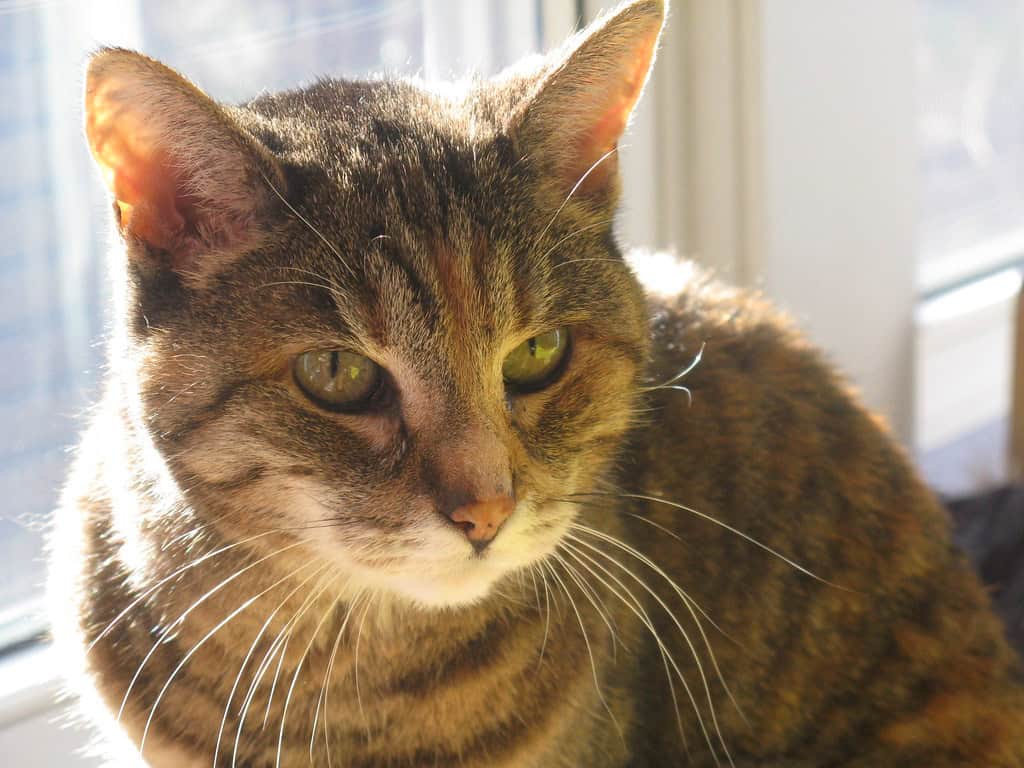
Senior cats often display modified body language due to physical limitations or cognitive changes associated with aging. Reduced jumping ability may make elevated perches less accessible, changing their preferred territory markers.
Arthritis and other age-related conditions can affect a cat’s ability to assume certain postures, potentially altering their communication effectiveness. Understanding these limitations helps owners interpret their senior cat’s needs more accurately.
Cognitive dysfunction in elderly cats can lead to confusion in communication signals, including unusual vocalizations or inappropriate territorial behaviors that weren’t present in their younger years.
Environmental Factors Affecting Feline Communication

Indoor versus outdoor environments significantly impact how cats express themselves through body language. Indoor cats may develop different communication patterns due to limited territorial needs and constant human interaction.
Weather changes and seasonal variations can influence cat behavior and communication patterns. Many cats become more active and vocal during certain times of year, particularly during traditional mating seasons despite being spayed or neutered.
The presence of other animals, construction noise, or household changes can temporarily alter a cat’s normal communication patterns as they adapt to new environmental conditions.
Medical Conditions Affecting Body Language

Pain and illness often manifest through changes in normal body language patterns before other symptoms become apparent. Cats instinctively hide weakness, making subtle behavioral changes important early warning signs.
Dental pain may cause cats to hold their heads differently or show reluctance to engage in normal grooming behaviors. These postural changes can be easily mistaken for behavioral issues rather than medical problems.
Vision or hearing impairments can significantly alter how cats use body language, as they may rely more heavily on remaining senses and display different territorial or social behaviors to compensate for sensory losses.
Cross-Species Communication with Humans

Cats have adapted their natural communication methods to better interact with human companions, developing specific behaviors that work effectively on people. The headbutt greeting and purring while seeking attention are examples of this adaptation.
Many of the vocalizations cats use with humans rarely occur in cat-to-cat communication, suggesting they’ve learned that humans respond better to auditory signals than subtle body language cues.
Understanding that cats communicate differently with humans than with other cats helps explain some seemingly inconsistent behaviors and improves human-feline relationships through better mutual understanding.
Cultural Variations in Cat Communication

Different cat breeds display varying communication styles based on their genetic heritage and selective breeding history. Siamese cats are famously vocal, while Persian cats tend to be more subtle in their expressions.
Geographic isolation has led to some regional variations in feline communication patterns, though these differences are generally subtle compared to the universal aspects of cat body language.
The domestication process has standardized many communication behaviors across different cat populations, but some wild or feral cats may display more primitive communication patterns that differ from typical house cat behaviors.
The Future of Feline Communication Research
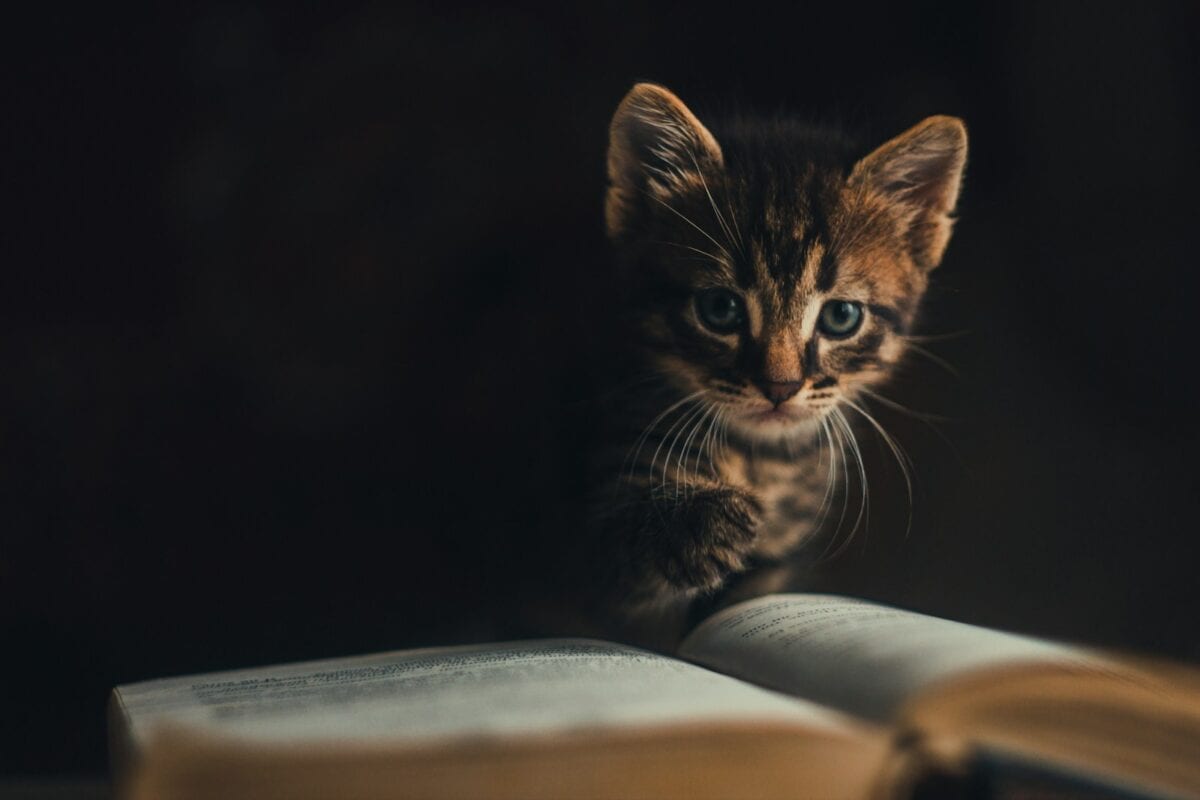
Advanced technology including motion capture and thermal imaging is providing new insights into subtle aspects of cat communication that were previously difficult to study. These tools reveal micro-expressions and temperature changes that accompany emotional states.
Artificial intelligence and machine learning applications are beginning to decode complex patterns in cat behavior, potentially leading to better understanding of feline communication and improved veterinary care.
Ongoing research into cat cognition and emotional intelligence continues to reveal the sophisticated nature of feline communication, challenging previous assumptions about cats’ social and emotional capabilities.
Conclusion
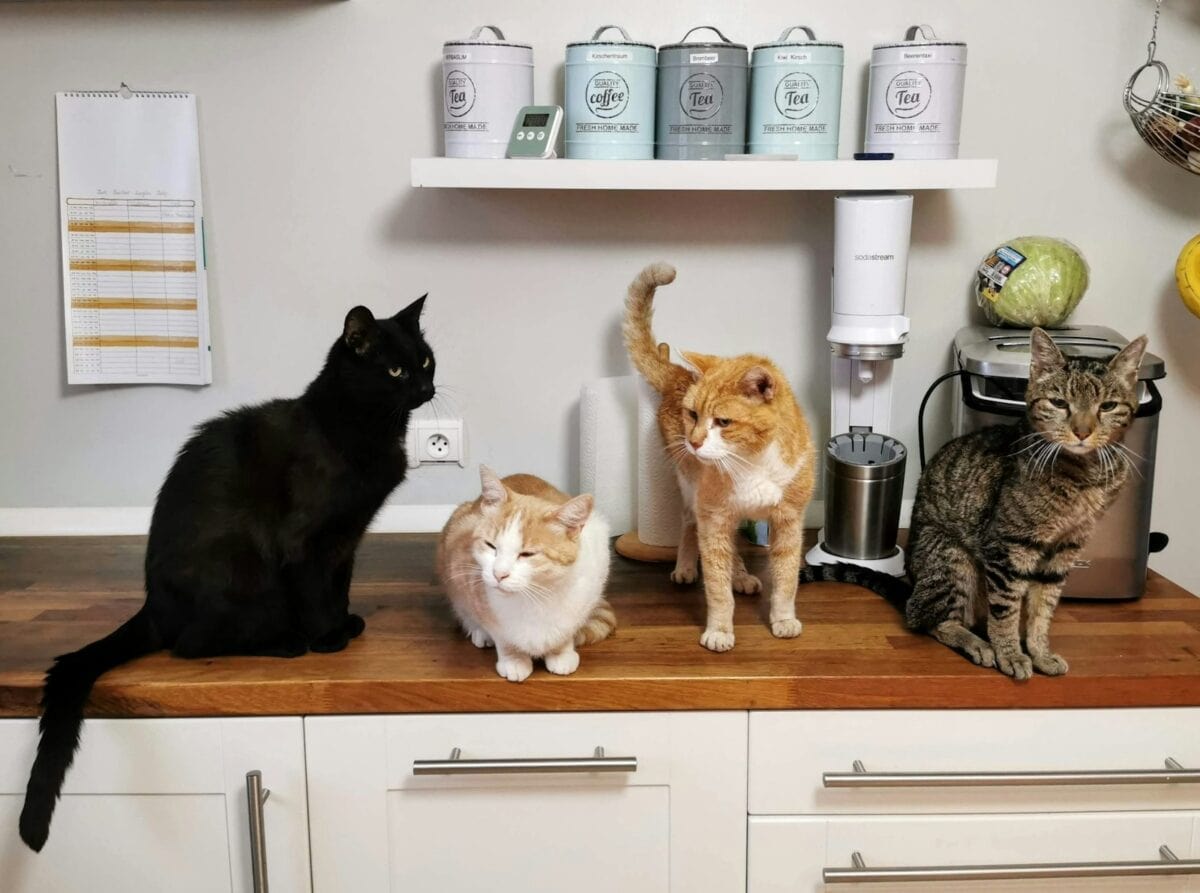
Understanding your cat’s body language opens up a whole new world of communication that goes far beyond simple meows and purrs. This silent language system, refined over thousands of years of evolution, offers incredible insights into your feline companion’s thoughts, feelings, and needs. By learning to read these subtle signals – from ear positions to tail movements, from sleeping postures to hunting stances – you become fluent in a communication method that deepens your bond and enhances your cat’s wellbeing.
The more we study feline body language, the more we realize how sophisticated and nuanced their communication really is. Every whisker twitch and every eye movement has meaning, creating a rich tapestry of expression that rivals human non-verbal communication in its complexity. Whether you’re a new cat owner or have shared your life with cats for years, there’s always something new to discover in this fascinating silent language. Did you know your cat was saying so much without ever making a sound?
- This Bat Colony Is the Largest Mammal Gathering in North America - August 7, 2025
- These Giant Jellyfish Keep Washing Up on U.S. Beaches - August 7, 2025
- This Animal Sleeps with One Eye Open — Literally - August 7, 2025

